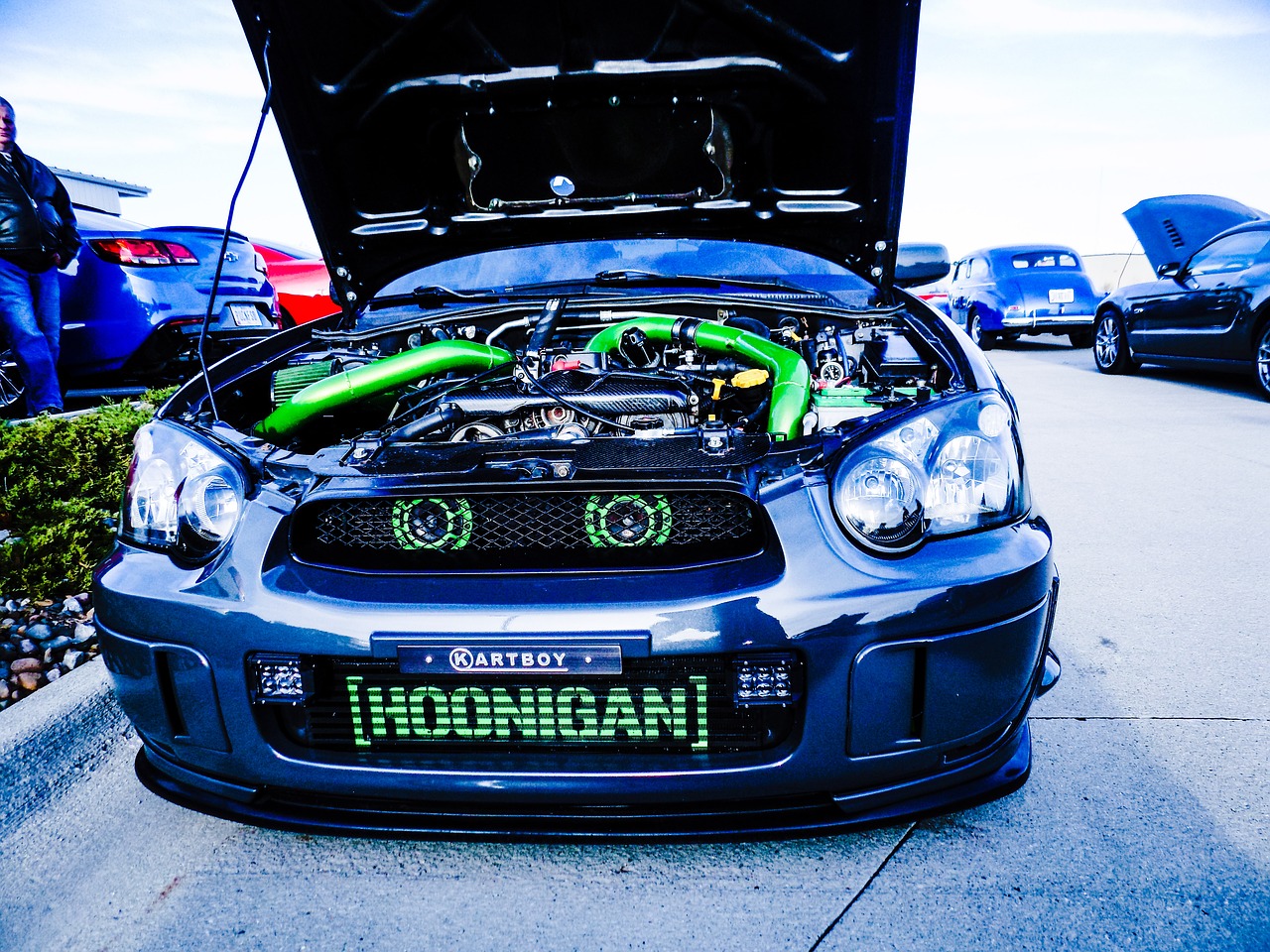Knowledge of technical terms is essential to understand the operation of a vehicle. Just taking the car out of the garage and driving to your destination is never a good idea. You should know the main technical terms to maintain your vehicle in good condition, and that can avoid any silly break down at midnight in the middle of nowhere.
Here are the ten essential words you need to know before you start!
1. Brake Fluid
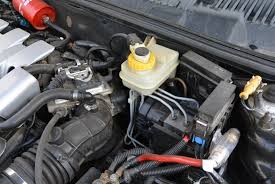
This word is often used in repair and maintenance manuals to refer to brake fluid.
This incompressible fluid ensures the transmission of the movement of the brake pedal to the calipers and shoes. Its level must always be close to the “max” mark.
Good to know: a softened brake pedal should prompt you to check the level of the brake fluid. The location of the jar, as indicated in your car manual, should be under your hood.
2. Cylinder Head
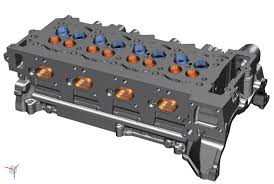
It is the part located above the engine that covers the entire width of the engine.
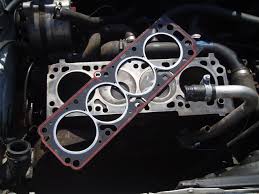
This part is famous for the failure of its gasket, the cylinder head gasket, whose failure causes significant water leaks and is very expensive to change or repair.
3. Spark Plugs
Here, we have to distinguish between petrol and diesel engines, because the spark plugs are very different and do not fulfill the same role at all.
In the case of a petrol engine, the spark plugs, most often four in number, cause a spark. That spark allows the air/petrol mixture to ignite, producing an explosion and, therefore, gases, which, when compressed, ensure the movement of the engine. That’s when we’re talking about internal combustion engines.
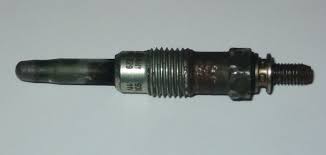
In the case of a diesel engine, we talk about glow plugs. They act as a resistor that warms the engine during the preheating phase (when the orange coil shows on the dashboard).
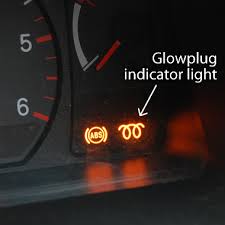
Note: the condition of the spark plugs on a gasoline engine is critical, and influences, in particular, the fuel consumption and the proper functioning of the engine. They must be changed every 30,000 kilometers.
4. The Stringer
Ouch, your car has been through a major impact, and the insurance expert’s report tells you that the stringer is affected? The stringer is a component of the chassis frame, which is used to resist the entire vehicle load on bending. The longitudinal components, a kind of large iron bars, are placed on either side of the chassis, under the car, and ensure the rigidity of the entire vehicle.
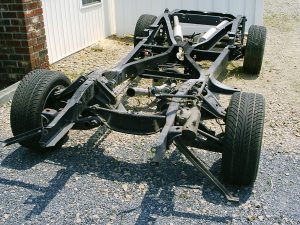
When they are twisted as a result of a collision, a repair can be so expensive that the vehicle is declared economically irreparable, especially if it is old.
5. The Universal Joint
A universal joint connects rigid rods whose axes are inclined to each. There are two gimbals, one on the left and one on the right, which transmit the movement from the engine to the front wheels while allowing them to be steered.
Good to know: if the car slams in corners, you should quickly check the condition of the gimbals to avoid failure at high speed.
6. Chain or Strap Wrench
It is a key, consisting of a long handle and an adjustable chain or strap, allows the oil filter to be removed during a complete oil change.
You can purchase it for a handful of dollars at any car center.
Good to know: the strap wrench should never be used to tighten the oil filter to avoid difficulty in disassembling it later. A good hand tightening is more than enough.
7. The Brake Pads
Brake pads are pieces of sturdy metal coated with a kind of carbon. There are two per wheel; they pinch another piece of metal attached to the wheel, called a disc, and thus slow down the rotation of the wheel.
Note: Most vehicles have a brake pad wear indicator on the dashboard. During braking, the brake should light up if the brake pads are at the end of their life. But it happens quite frequently that the wire of this indicator, located behind the wheel, cuts, thus preventing the ignition of the indicator. Regular visual inspection of the condition of the platelets is recommended, mainly if the vehicle is used in the city where the brake is used more often.
8. Oil Viscosity
Your engine requires oil to operate: 10 W 40, 15 W 40, 5 W 30… However, we still need to understand what lies behind these figures.
To define the qualities of oil, we talk about its viscosity: its oil thickness when cold, and hot.
The first number defines the cold viscosity. The lower it is, the more fluid the oil will be when cold, making it easier to start in the morning. Low oil viscosity is recommended in winter, especially in cold regions.
The second digit indicates the hot viscosity. The smaller it is, the more fluid the oil will be when hot (around 100°C). To reduce fuel consumption, especially if the vehicle is traveling long distances, an oil with excellent hot flow properties, like 5 W 30, should be chosen.
9. The Radiator
The radiator ensures the cooling of the car, and it is located at the front of the vehicle. It is filled with a liquid called coolant.
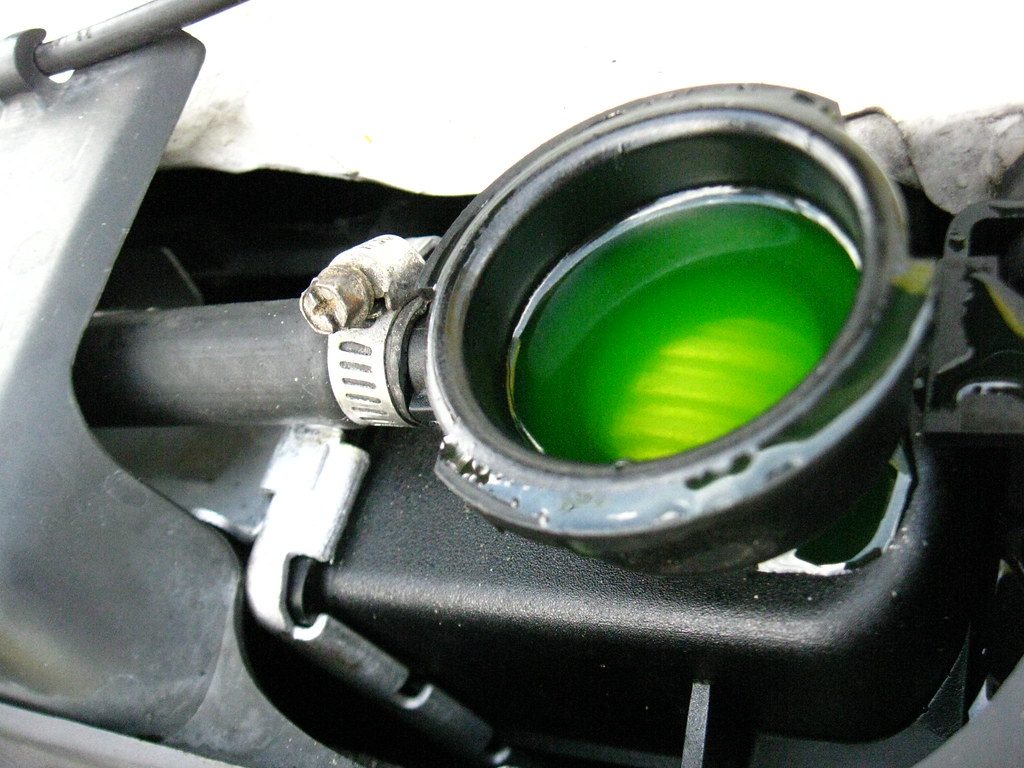
Coolant flows from the radiator to the engine to cool the engine. Then it returns to the radiator to be cooled by the outside air.
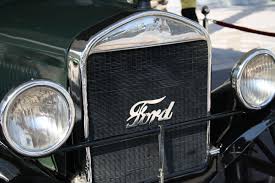
The radiator can sometimes leak. It must also be cleaned regularly to remove deposits that end up clogging it.
10. Bearings
The bearings ensure the free rotation of the wheel, and they are housed behind the wheel axle.
It is a wearing part that sometimes needs to be replaced. If the car emits a localized growl at the wheels, have the bearing checked immediately.
Good to know: bearings in good condition limit fuel consumption. Repeated impacts (speed bumps or sidewalks that are approached too quickly) can lead to premature wear and tear.
Now, you know about these few technical terms. Always pay attention to them, and do not hesitate to ask your questions in the comment section below.

